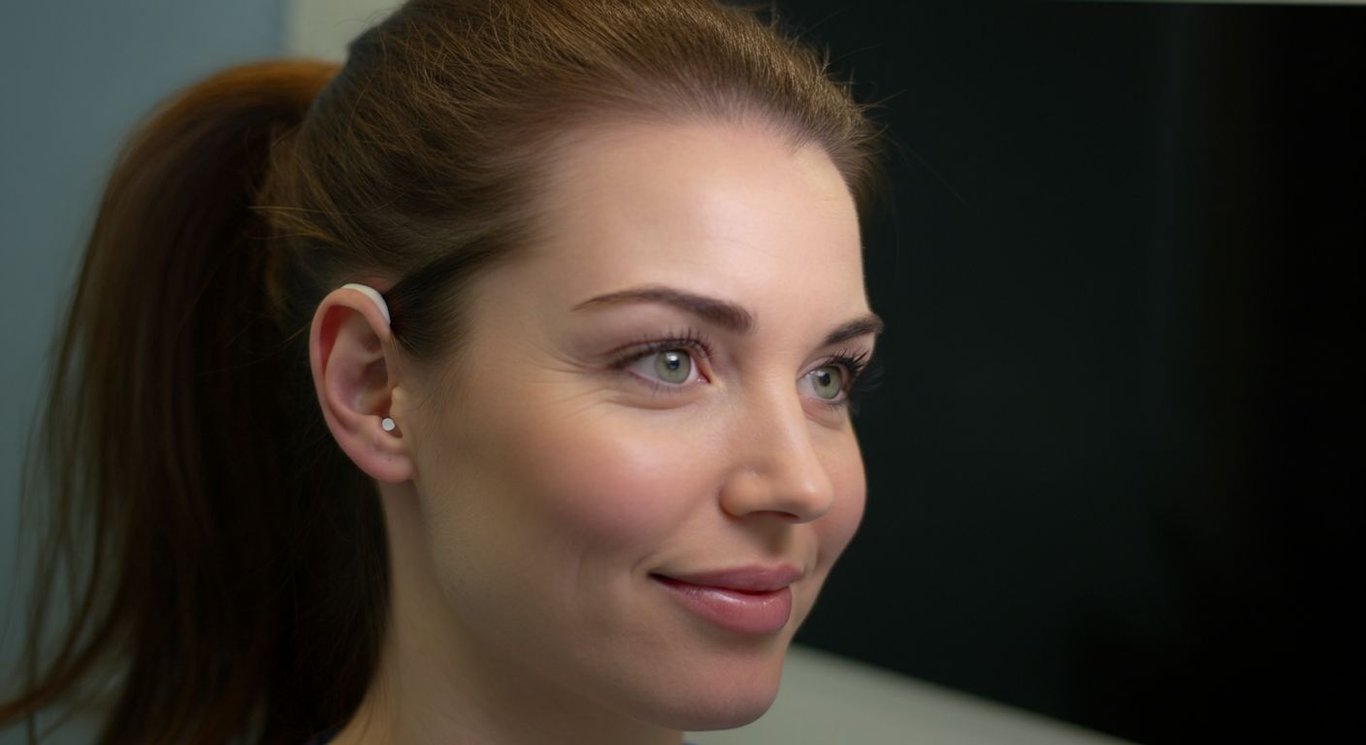Unlock Your Perfect Profile: The Ultimate Guide to Ear Surgery
Discover how ear surgery can transform your appearance and confidence in our comprehensive guide, exploring various techniques, candidacy insights, and recovery processes.
Ear surgery, also known as otoplasty, offers individuals a chance to reshape their ears for improved aesthetics and self-confidence. Whether you’re considering this procedure for yourself or a loved one, understanding the different techniques and what to expect can greatly ease the journey. Here, we delve into various aspects of ear surgery, candidacy details, procedural insights, and recovery expectations.
Ear Reshaping Unveiled: Exploring Otoplasty Techniques
Understanding Otoplasty: More Than Just Aesthetics
Otoplasty, beyond being a cosmetic procedure, is a nuanced surgical art aimed at harmonizing the ears with the overall facial features. It addresses concerns ranging from overly large ears, known as macrotia, to structural irregularities caused by injury or congenital conditions. A significant benefit lies in its ability to boost self-esteem, particularly in younger patients who may experience bullying related to their ear appearance. The versatility of otoplasty allows surgeons to tailor the procedure to meet individual needs, ensuring results that appear natural and proportionate. Cosmetic Ear Surgery enhances overall facial symmetry, and its impact extends beyond physical changes, fostering profound psychological well-being.
Otoplasty Techniques: The Surgical Spectrum
- Traditional Otoplasty: Involves making an incision behind the ear to reshape cartilage, typically for more pronounced corrections. This method is ideal for those needing significant adjustments to ear projection or size.
- Incisionless Otoplasty: A minimally invasive approach that uses sutures to reshape the ear cartilage without removing skin. It is best suited for correcting mild to moderate protrusion with minimal recovery time.
- Ear Pinning: Specifically targets protruding ears by repositioning them closer to the head. This technique can be performed using either traditional or incisionless methods, depending on the severity of the protrusion.
The choice of technique depends on the patient's specific anatomical needs and desired outcome. Ear reshaping procedures offer varied solutions, ensuring a personalized approach to aesthetic enhancement. Selecting the right method is crucial for achieving optimal results in ear surgery.

Fix Ears That Stick Out: Candidacy and Consultation Insights
Determining Candidacy for Otoplasty: A Comprehensive Evaluation
A crucial step in addressing protruding ears involves a thorough evaluation by a skilled surgeon to determine candidacy for otoplasty. Ideal candidates are typically individuals in good overall health, both physically and psychologically, who have realistic expectations about what the surgery can achieve. Surgeons assess factors such as the degree of ear protrusion, the quality and flexibility of the ear cartilage, and the patient's age. Pinnaplasty might be particularly beneficial for children as young as five, whose ear cartilage is stable enough for correction, helping to prevent potential self-esteem issues during formative years. It's essential that candidates understand the nuances of the procedure, including potential risks and the expected recovery timeline, ensuring they are fully informed and prepared for the surgical journey.
Preparing for Your Consultation: What to Expect
Preparing for a consultation about cosmetic ear surgery involves gathering relevant medical history and compiling a list of questions to address with the surgeon. During the consultation, the surgeon will conduct a physical examination of your ears, discuss your aesthetic goals, and explain the various surgical techniques available, tailoring the approach to your specific needs. Bring photos of how you would like your ears to look, which can provide a visual aid for the surgeon to understand your expectations. Be open about any medications you’re taking, as they can influence the surgical plan and recovery. For example, blood-thinning medications may need to be temporarily discontinued. This consultation is a critical opportunity to establish clear communication with your surgeon and to gain confidence in your decision to proceed with ear surgery.

Ear Pinning & Beyond: Understanding the Procedure
Step-by-Step Guide to Ear Pinning Surgery
Ear pinning, clinically known as pinnaplasty or otoplasty, is a transformative surgical procedure designed to correct the protruding ears. It involves meticulous reshaping of the ear cartilage to position the ears closer to the head, enhancing facial harmony. The procedure often begins with the administration of anesthesia to ensure patient comfort throughout the surgery. A small incision is typically made behind the ear to expose the cartilage. The cartilage is then sculpted and reshaped using precise surgical techniques to achieve the desired contour. Securing the newly shaped cartilage with sutures ensures long-lasting results. The incision is carefully closed to minimize scarring. The enhanced techniques focus on reducing both visible scars and recovery time, making it an increasingly appealing option for those seeking cosmetic improvement. Best ear surgeon delicately readjusts the cartilage, skillfully crafting a more proportional and aesthetically pleasing ear structure.
Post-Operative Care for Optimal Recovery
- Wound Care: Proper care is essential for preventing infection and promoting healing. Instructions typically include gentle cleaning and application of prescribed ointments to the incision sites.
- Wearing Bandages: Bandages or a supportive head dressing are worn to support the new ear shape during the initial healing phase, usually for about one to two weeks.
- Activity Restrictions: Avoiding strenuous activities and contact sports is crucial during the recovery period to prevent trauma to the ears. This precaution helps ensure the reshaped cartilage sets properly.

Cosmetic Ear Surgery Recovery: What to Expect After Otoplasty
Immediate Post-Surgery Expectations: Managing Swelling and Discomfort
Following cosmetic ear surgery, it's common to experience some degree of swelling, bruising, and discomfort around the ears. Managing these initial symptoms effectively is crucial for a smooth recovery. Pain medication, as prescribed by your surgeon, can help alleviate discomfort during the first few days. Applying cold compresses to the ears can minimize swelling and bruising; typically, 20-minute intervals are recommended. Elevating your head while resting also aids in reducing swelling. Patients should closely monitor incision sites for any signs of infection, such as increased redness, warmth, or discharge, and promptly report these to their surgeon. Proper care and adherence to post-operative instructions contribute significantly to minimizing complications and ensuring a comfortable recovery phase after ear pinning.
Long-Term Recovery: Maintaining Ear Health After Otoplasty
- Protecting Your Ears: After the initial recovery period, the ears remain vulnerable, particularly to trauma. Special care should be taken during activities like sports to prevent injury.
- Avoiding Strain: It's important to avoid any activities that could put undue stress on the ears, such as wearing heavy earrings or sleeping on your side, which could potentially alter the surgical outcome.
- Follow-Up Appointments: Regular follow-up appointments with your surgeon are essential to monitor the long-term healing process and address any concerns that may arise, ensuring the best possible outcome from your ear surgery.
Incisionless Otoplasty: Minimally Invasive Techniques for Ear Reshaping
estethica specializes in otoplasty techniques, from traditional methods involving incisions to minimally invasive incisionless approaches. The choice of technique is tailored to meet each patient's unique anatomical needs, ensuring results that harmonize with their overall facial features and promote self-esteem, especially in younger patients facing bullying.
estethica's surgeons conduct comprehensive evaluations to determine candidacy for otoplasty, considering factors such as ear protrusion, cartilage quality, and patient age. Preparing patients through thorough consultations includes discussing aesthetic goals, available surgical techniques, and potential risks, fostering informed decisions about ear surgery.
Optimizing Recovery: Comprehensive Post-Otoplasty Care and Monitoring
estethica prioritizes managing post-surgery expectations through pain medication, cold compresses, and head elevation to minimize swelling and discomfort. Patients are thoroughly educated about monitoring incision sites for signs of infection and adhering to post-operative instructions for a smooth and comfortable recovery phase.
estethica ensures long-term ear health through protective measures, activity modifications, and regular follow-up appointments. By safeguarding ears from trauma and addressing any arising concerns, estethica supports patients in maintaining the best possible outcome from their ear surgery.
Frequently Asked Questions
What is ear surgery (otoplasty) and who is a good candidate?
What techniques are used in ear pinning or reshaping procedures?
What can I expect during recovery after cosmetic ear surgery?
How does ear pinning correct protruding ears?
Ready to discover the healthy beauty you deserve?
📞 Call for Your Free Consultation!